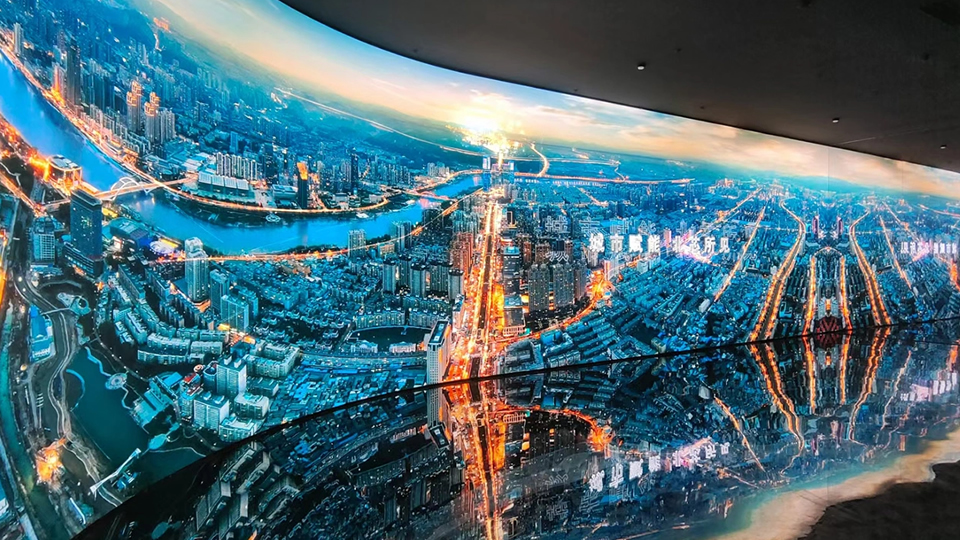So, you're thinking about getting an led display. Maybe it's for a showroom, a storefront, or even a concert in the park. Either way, one of the first questions that comes up is: Do I need an indoor or outdoor LED screen? Sounds simple, but there's actually a lot to think about before you spend a dime.

Let's start with the basics. Indoor and Outdoor LED Displays might look similar from a distance — same bright visuals, same wow effect. But under the hood, they're built for very different environments.
Outdoor displays? They're tough. These things are built to survive rain, dust, wind, and even the occasional pigeon. They've got higher brightness (sometimes a lot higher), so you can see them clearly even in direct sunlight. Most of them have a solid IP65 rating or higher — in plain English, that means they're sealed up tight against water and dust. That's non-negotiable for anything that’s going outside. You don’t want to be the one replacing a shorted-out screen after the first thunderstorm.
Indoor LED Displays, on the other hand, don't need all that armor. They're usually lighter, thinner, and easier to install. Since there's no sun blasting down on them, the brightness can be lower — which is good, actually. Too much brightness indoors isn't just a waste of energy, it can also be uncomfortable to look at. Indoor screens also tend to have a finer pixel pitch, which means better resolution up close — perfect for conference rooms, shopping malls, and exhibition halls where people are standing a meter or two away.
Here's where it gets tricky: What if your display is near a window, or partly outside? That gray area messes with a lot of people. If there's any chance your screen will be exposed to direct sunlight, rain, or dust, treat it like an outdoor display — better safe than sorry. Even semi-outdoor environments (think bus stations, covered walkways, or glass-fronted buildings) usually need higher brightness and better weatherproofing than you'd expect.
And then there's installation. outdoor LED panels are often heavier, so your mounting structure needs to be solid. You'll also need to think about ventilation, power supply access, and how to maintain the screen (front service vs rear service — a whole topic of its own). Indoors? Way easier. Most setups just hang off a wall or sit on a slim frame.
So how do you choose?
If you’re putting it in a controlled, indoor space: Go for a high-resolution indoor panel with a tight pixel pitch. You'll get sharper visuals, save on power, and installation will be simpler.
If it’s facing the elements or even strong sunlight: Go outdoor all the way. Higher brightness, weatherproof casing, and durability will save you a lot of future headaches.
And hey — don't just go with whatever a salesperson suggests. Ask for real use cases. Look at the brightness specs (cd/m²), pixel pitch, IP rating, and make sure it matches your actual setup, not just what’s cheapest.
At the end of the day, led displays are an investment. Get it right, and your screen works flawlessly for years. Get it wrong, and you're calling tech support every time it rains.

